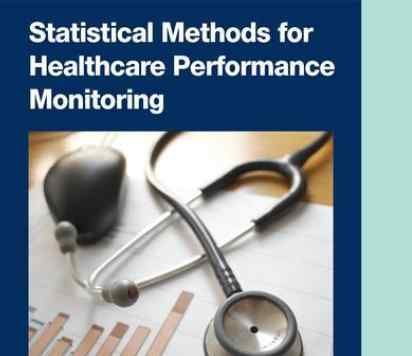BibTex format
@article{Honeyford:2019:10.1371/journal.pone.0218128,
author = {Honeyford, K and Bell, D and Chowdhury, F and Quint, J and Aylin, P and Bottle, A},
doi = {10.1371/journal.pone.0218128},
journal = {PLoS ONE},
title = {Unscheduled hospital contacts after inpatient discharge: A national observational study of COPD and heart failure patients in England},
url = {http://dx.doi.org/10.1371/journal.pone.0218128},
volume = {14},
year = {2019}
}
RIS format (EndNote, RefMan)
TY - JOUR
AB - IntroductionReadmissions are a recognised challenge for providers of healthcare and incur financial penalties in a growing number of countries. However, the scale of unscheduled hospital contacts including attendances at emergency departments that do not result in admission is not well known. In addition, little is known about the route to readmission for patients recently discharged from an emergency hospital stay.MethodsThis is an observational study of national hospital administration data for England. In this retrospective cohort study, we tracked patients for 30 days after discharge from an emergency admission for heart failure (HF) or chronic obstructive pulmonary disorder (COPD).ResultsThe majority of patients (COPD:79%; HF:75%) had no unscheduled contact with secondary health care within 30 days of discharge. Of those who did have unscheduled contact, the most common first unscheduled contact was emergency department (ED) attendance (COPD:16%; HF:18%). A further 5% of COPD patients and 4% of HF patients were admitted for an emergency inpatient stay, but not through the ED. A small percentage of patients (COPD:<1%, HF:2%) died without any known contact with secondary care. ED conversion rates at first attendance for both COPD and HF were high: 75% and 79% respectively. A quarter of patients who were not admitted during this first ED attendance attended the ED again within the 30-day follow-up period, and around half (COPD:56%; HF:63%) of these were admitted at this point.Patients who live alone, had an index admission which included an overnight stay and were comorbid had higher odds of being admitted through the ED than via other routes.ConclusionWhile the majority of patients did not have unscheduled contact with secondary care in the 30 days after index discharge, many patients attended the ED, often multiple times, and many were admitted to hospital, not always via the ED. More frail patients were more likely to be admitted through the ED, suggesting a
AU - Honeyford,K
AU - Bell,D
AU - Chowdhury,F
AU - Quint,J
AU - Aylin,P
AU - Bottle,A
DO - 10.1371/journal.pone.0218128
PY - 2019///
SN - 1932-6203
TI - Unscheduled hospital contacts after inpatient discharge: A national observational study of COPD and heart failure patients in England
T2 - PLoS ONE
UR - http://dx.doi.org/10.1371/journal.pone.0218128
UR - http://gateway.webofknowledge.com/gateway/Gateway.cgi?GWVersion=2&SrcApp=PARTNER_APP&SrcAuth=LinksAMR&KeyUT=WOS:000471238300050&DestLinkType=FullRecord&DestApp=ALL_WOS&UsrCustomerID=1ba7043ffcc86c417c072aa74d649202
UR - http://hdl.handle.net/10044/1/71792
VL - 14
ER -
